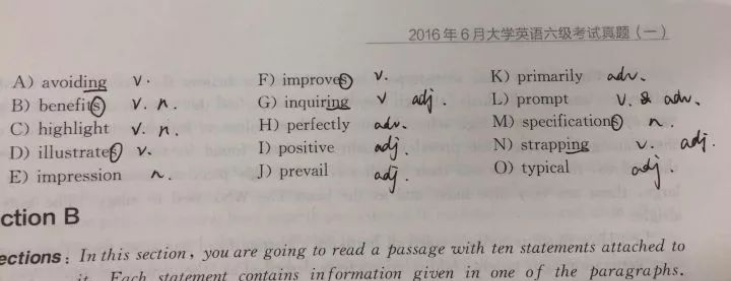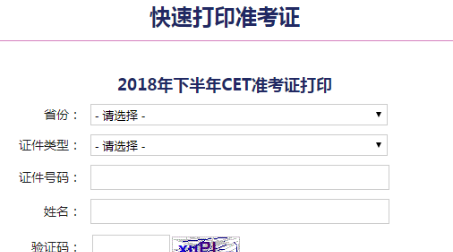LSAT考试全真试题三SECTION4(5)
|
19. The passage suggests that the opponents of the abiogenic theory mentioned in the third paragraph would most probably agree with which one of the following statements? (A) The formation of oil does not involve the condensation of hyarocarbons released from the earth s mantle. (B) Large oil reserves are often found in locations that contain small amounts of organic matter. (C) The eruptive processes by which diamonds are brought to the earth s surface are similar to those that aid in the formation of oil. (D) Motions of the crustal plates often create the pressure necessary to transform organic matter into oil. (E) The largest known oil reserves may have resulted from organic matter combining with heavier hydrocarbons carried by methane gas. 20. Which one of the following is most analogous to the situation described in the final paragraph? (A) A new theory about the annual cycles of breeding and migration of the monarch butterfly has led scientists to look for similar patterns in other butterfly species. (B) A new theory about the stage at which a star collapses into a black hole has led astronomers to search for evidence of black holes in parts of the universe where they had not previously searched. (C) A new theory about how the emission of sulfur dioxide during coal-burning can be reduced has led several companies to develop desulfurization systems. (D) A new theory about photosynthesis has convinced a research team to explore in new ways the various functions of the cell membrane in plant cells. (E) A new theory about the distribution of metals in rock formations has convinced a silver-mining company to keep different types of records of its operations. 21. According to the passage all of the following are true of the Siljan Ring EXCEPT: (A) It was formed from magma. (B) It does not contain organic sediments. (C) Its ring shape existed 500 million years ago. (D) Methane gas has been detected rising through it (E) It was shaped from the granite that makes up the base of the continental crust. Most studies of recent Southeast Asian immigrants to the United States have focused on their adjustment to life in their adopted country and on the effects of leaving their homelands. James Tollefson s Alien (5) Winds examines the resettlement process from a different perspective by investigating the educational programs offered in immigrant processing centers. Based on interviews transcripts from classes, essays by immigrants, personal visits to a teacher-training unit, (10) and official government documents. Tollefson relies on an impressive amount and variety of documentation in making his arguments about processing centers educational programs. Tollefson s main contention is that the emphasis (15) placed on immediate employment and on teaching the values, attitudes, and behaviors that the training personnel think will help the immigrants adjust more easily to life in the United States in often counterproductive and demoralizing. Because of (20) concerns that the immigrants be self-supporting as soon as possible, they are trained almost exclusively for low-level jobs that do not require English proficiency. In this respect. Tollefson claims. The processing centers suit the needs of employers more than they suit the (25) long-term needs of the immigrant community. Tolletson also detects a fundamental flaw in the attempts by program educators to instill in the immigrants the traditionally Western principles of self-sufficiency and individual success. There efforts often (30) have the effect of undermining the immigrants sense of community and, in doing so, sometimes isolate them from the moral support and even from business opportunities afforded by the immigrant community. The programs also encourage the immigrants to shed (35) their cultural traditions and ethnic identity and adopt the lifestyles, beliefs, and characteristies of their adopted country if they wish to enter fully into the national life. Tollefson notes that the ideological nature of these (40) educational programs has roots in the turn-of-the-century educational programs designed to assimilate European immigrants into United States society. Tollefson provides a concise history of the assimilationist movement in immigrant education, in (45) which European immigrants were encouraged to leave behind the ways of the Old World and to adopt instead the principles and practices of the New World. Tollefson ably shows that the issues demanding real attention in the educational programs for Southeast (50) Asian immigrants are not merely employment rates and government funding, but also the assumptions underpinning the educational values in the programs. He recommends many improvements for the programs, including giving the immigrants a stronger voice in (55) determining their needs and how to meet them, redesigning the curricula, and emphasizing long-term language education and job training over immediate employment and the avoiding of public assistance, Unfortunately, though, Tollefson does not offer enough (60) concreate solutions as to how these reforms could be carried out, despite his own descriptions of the complicated bureaucratic nature of the programs |








